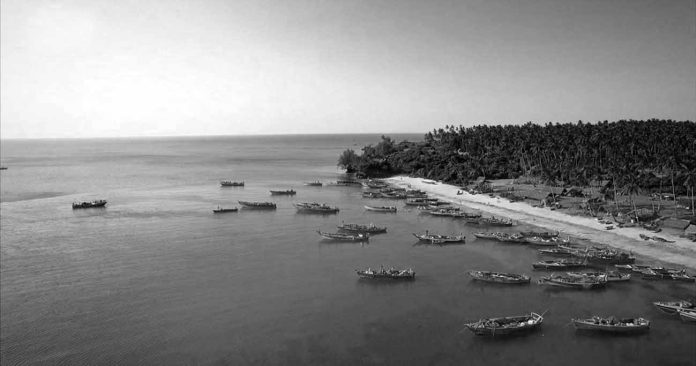Swahili Coast – History, Islands, Culture and More
What is the Swahili Coast and Where is the Swahili Coast:
Along the coastline of the Indian Ocean, southeast Africa is the Swahili coast populated by the Swahili people. The Swahili coast on map includes Mombasa, Sofala in Mozambique, Gede, Lamu, Pate Island, Kilwa Kisiwani, and Malindi. Additionally, various islands on the map of Swahili coast are part of the Swahili coast, including Comoros and Zanzibar.
Areas on the modern-day Swahili coast map used to be known as Zingion or Azania during the Greco-Roman period and as Zinj or Zanj in Chinese, Indian, Middle Eastern literature between the 7th to 14th centuries. In Arabic, Swahili means coastal people and comes from Sawahil, meaning coast.
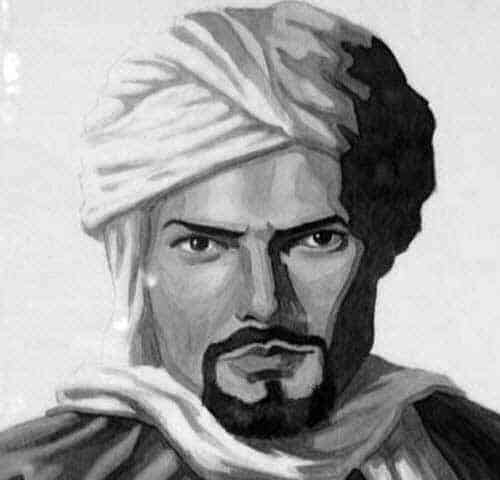
Swahili Coast Facts:
The Swahili, including their culture, originated from a distinct combination of Arab and African origins. These people were merchants and traders who readily took on influences from foreign cultures. Historical literature such as the Periplus from the Erythraean Sea, including works of Ibn Battuta, depicts the Swahili coast’s culture, economy, and society during multiple points in history. The Swahili coast of east Africa possesses definite demography, culture, Swahili coast geography, and religion, and a combination of other factors such as economic—has faced growing secessionism.
Swahili Coast Background
The Swahili coast history:
Before the Swahili, tiny societies inhabited the area that mainly relied on fishing, mixed farming, and pastoralism. Before that, people living along the Swahili coast grew wealthy due to farming thanks to regular annual rainfall and keeping Swahili coast animals.
This shallow coastline was essential in the provision of seafood. Towards the beginning of the 1st millennium CE, commercial activities were necessary. River estuaries underwater provided natural harbours, and the annual monsoon winds assisted trade. Later during the 1st millennium, Bantu people migrated in huge numbers. The communities that settled on the Swahili coast Africa, had familiar linguistic and archaeological characters than those in the interior.
Archaeological data revealed utilization of Urewe and Kwale ceramics in the interior and on the Swahili coast design, proving that the areas shared livelihood during the end of the stone age and the beginning of the iron age. To Berger et al., the similarities started diverging around the 13th century CE (362). Towards the beginning of commercial activities on the coastline, Arab traders used to scorn non-Muslims and native African practices.
The scorning allegedly made educated Africans deny their relationship to the interior and proclaim Shirazi descent, including already converting to Islam. The ensuing interactions encouraged the creation of the Swahili coast culture and the city states of the Swahili coast, especially those that grew because of trade.
Trade Along the Indian Ocean
By the early 1st century CE, trade had started along the coast of East Africa. The first settlers in the region were Bantu farmers who established coastal communities. These farmers traded with merchants from southern Arabia and southeast Asia and occasionally Greece and Rome. The development of the Swahili coast city states is mainly credited to the area’s extensive involvement in the Indian Ocean network.
Why was the Swahili Coast a Center of Trade?
The swahili trade coast network was likened to the Silk Road, having various destinations linked through commerce. The Swahili coast trade routes along the Indian Ocean actually linked more people compared to that of the Silk Road. Exports from the Swahili coast trade were mainly raw products, including Ivory, timber, a nimal skins, gold, and spices. Imports of finished products included silk from East Asia, cotton and spices from India, black pepper from Sri Lanka, and porcelain from China.
More imports were from Europe and Asia, including silk, cotton, woollens, stone beads, glass jewellery, metal wire, cosmetics, sandalwood, rice, fragrances, coffee, kohl, spices, tea, other foods and flavourings, teak, brass, and iron fittings, pottery, sailcloth, porcelain, brass, Silver, paper, ink, paints, carved wood, ammunition, books, guns, carved chests, gunpowder, daggers and swords, Silver, bronze, gold, artisans and religious specialists.
Other trading partners with the Swahili on the Swahili coast included Greece, Egypt, Somalia, Rome, Sumeria, Assyria, Phoenicia, Persia, and Arabia. The region’s trade decreased in the Pax Mongolica because of cheaper overland trade in that period. However, trading ships had the advantage of transporting goods in bulk, so a variety was available in the market.
Why was the Swahili Coast Important?
Various ethnic groups participated in Swahili coast Indian ocean trade, however, mainly in the western area of the Ocean, including the Swahili coast. Muslim traders dominated trade because of funding boat construction. The annual monsoon winds sailed the ships to the Indian Ocean from the Swahili coast and back. According to the ancient sailors map Swahili coast annual winds sparked trade in the region by lessening the risk of sailing and making it predictable.
The monsoon winds became reliable and gentle while travelling further South on the African coast, making the settlements smaller and irregular to the South. The Discovery of lateen sails encouraged trade further, allowing merchants to sail without relying on the monsoon winds. Proof of the Indian Ocean Swahili coast trade goods with other countries, is the availability of pot shards’ availability and archaeological sites at the coast traced back to India and China.
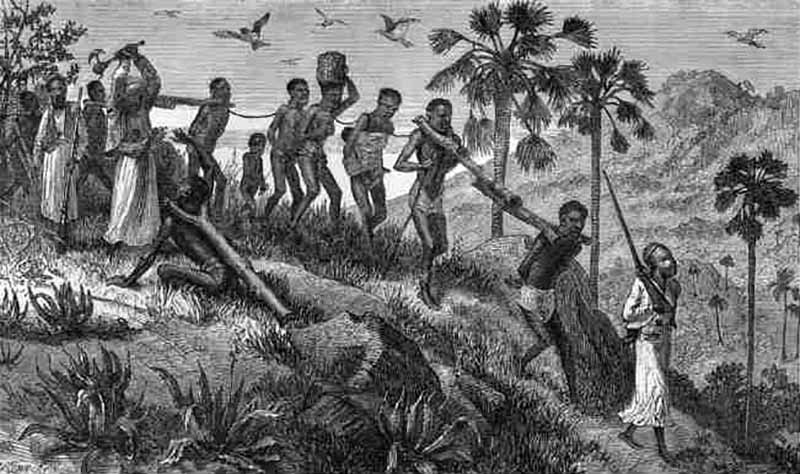
Slave Trade
From 1450 to 1900 CE, it’s estimated that about 17 million slaves were sold from Africa, Asia, and Europe by Asian slave traders who transported them through the Indian Ocean, Mediterranean Sea, Red Sea, Sahara Desert, and Silk Road to faraway locations. About 5 million slaves might have been from Africa, most from West Africa instead of East Africa.
Before the 18th century, the slave trade along the coast of East Africa was not significant. Children and women were preferred as the primary roles of slaves in Asia were concubines and domestic servants. Most slaves might have been incorporated into Swahili families.
The children of slave concubines joined their father’s ancestry without discrimination. Enfranchisement was a popular godliness act among elderly Muslims. Various slave uprisings happened from 869 to 883 CE in Basra, a town in modern-day Iraq known as the Zanj Rebellion. Enslaved Zanj were potentially captured from further areas in southern parts of East Africa.
The Rebellion included more than 500,000 slaves as well as free men, revolting against strenuous agricultural labor. The Zanj revolt was a rebellion started by slaves against the Abbasids for 14 years. About 15,000 slaves would attack cities, free slaves, and capture food and weapons. These revolts significantly destabilized the Abbasids’ authority over the slaves.
Throughout the Rebellion, the slaves, led by Ali ibn Muhammad, seized Basra and threatened to attack Baghdad, the capital. The majority of the rebellious slaves were Africans. The Zanj rebellion in Iraq during the 9th century portrays the massive number of people sold into slavery from East Africa. Because of this revolt, Abbasid Caliphate gave up the large-scale importation of East African slaves.
Coins
Minting coins along the Swahili coast led to increased trade on the Indian Ocean medieval Swahili coast trade. The first coins have various similarities to those from Sindh. There are speculations that coins were minted along the Swahili coast from the mid 9th century until the end of the 15th century CE. Making coins came a bit late in the area as various other cultures had started making coins many centuries before.
Despite archaeological records regarding the use of foreign coins in the area, few were excavated. The coins along the city states of Swahili coast were previously believed to be of Persian origin. However, today, these are recognized to be indigenous. The coins discovered along the coast have Arabic inscriptions instead of Swahili.
The coins in the region are five categories: Tanzanian Silver, Shanga silver, Zanzibar copper, Kilwa gold, and Kilwa copper. The Swahili coast doesn’t have Silver. It’s an import.
Coastal Islands
Map of the Swahili Coast:
The Swahili coast on a map has various neighboring islands, including Mafia, Zanzibar, Lamu, and Kilwa, including far away Comoros, sometimes belonging to the Swahili coast of Africa. Many of these Swahili coast government islands became very powerful as a result of the trade, like Kilwa and Zanzibar. Before becoming trade hubs, the inhabitants of these islands relied on abundant local resources.
Some of the resources were fishing, crustaceans, and mangroves – this was a source of wood for building boats. However, archaeological discoveries revealed that the Swahili culture of the people on these islands adapted early to the maritime surroundings and trade.
Kilwa
Despite being in ruins today, Kilwa is historically among the most powerful states in the Swahili coast time period, along the Swahili coast. Gold was among the primary exports on the Swahili coast.
By the 13th century, Kilwa controlled the gold trade from Banadir, present-day Somalia. In the mid 14th century, the sultan of Kilwa Swahili coast asserted his power over various other states.
Kilwa installed a customs duty on imported gold northwards from Zimbabwe that made a stopover in the port of Kilwa. Husuni Kubwa or the Great Fort of Kilwa has proof of a pool, gardens, and trading activities. This fort, built by Sultan Al-Hasan bin Sulaiman was a palace and store for commercial goods. It has a private area as a public courtyard.
Because of Kilwa’s intricate architecture, Ibn Battuta, an explorer from Morocco, described the city as among the most beautiful in the world. Despite Kilwa trading for centuries, its control and wealth from the gold trade lured the Portuguese, who were searching for the mineral. Amid the Portuguese conquest, trade didn’t go beyond Kilwa.
However, after the overthrow of the Portuguese by the Omani from the area between the late 17th to early 18th century CE, economic resurgence emerged in the city. Kilwa afterwards became the centre of German colonialism in East Africa.
Zanzibar
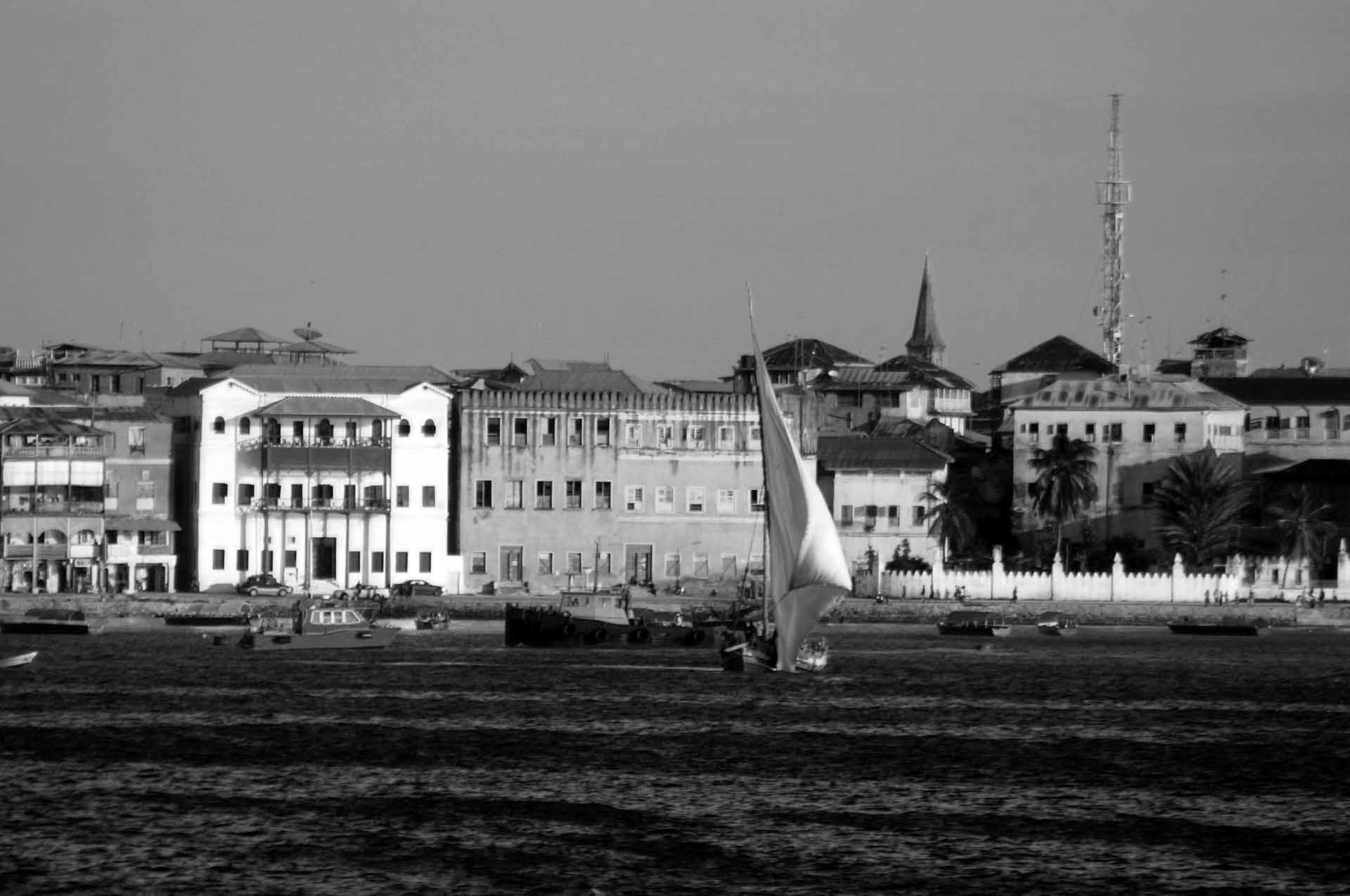
Contemporary Zanzibar, including the Zanzibar Archipelago, is a semi-autonomous area of Tanzania. The archipelago is 25 to 50 kilometres (16-31 miles) from shore. Its primary industries include tourism, raffia palm trees, and producing spices like cloves, cinnamon, black pepper, and nutmeg. In 1698, the island joined the Omani sultanate following Sultan Saif bin Sultan’s defeat by the Portuguese at Mombasa.
By 1832, the Sultan of Oman relocated his capital to Stone Town (the Zanzibar Archipelago’s central city) from Muscat. He promoted the development of clove plantations and the settlement of Indian merchants. Up to 1890, Zanzibar’s sultans controlled the Zanj part of the Swahili coastline, including Dar es Salaam and Mombasa. By the conclusion of the 19th century, Germany and Great Britain conquered Zanzibar.
Culture in the Swahili Coast
Swahili culture at the coastline had unique features resulting from its diverse founders. One cultural effect of trade on the swahili coast was urbanization, revolving around trading activities. Some individuals at the Swahili coast were wealthy, including the educated class in power. The elite families were essential in shaping the Swahili urban lifestyle through embracing Islam, forming a Muslim ancestry, funding mosques in the region, promoting trade, and applying women seclusion.
Swahili Coast Ap World History:
Most people at the Swahili east coast of Africa were fairly wealthy and worked as sailors, craftsmen, artisans, and clerks. The religion of Swahili culture is mainly Islam. Archaeological archives have revealed that building the mosques in Swahili towns was during the beginning of the 8th century CE. Islamic burial grounds of the same age were also discovered. Regardless of being mainly Muslim, Swahili culture was evidently African with the Swahili language as proof.
The language was mainly African, featuring various Persian and Arabic words. Regardless of financial status, the Swahili had an apparent variation between them and the people from Africa mainland who were uncultured according to the Swahili. To the elite, the distinction was essential in selling non-muslim Africans from nearby communities into slavery. Fish, including shellfish, were popular foods on the Swahili coast because of their proximity and dependence on the coast.
Additionally, coconuts and other various spices and tropical fruits are usually used in the Swahili coast. The influence of the Arabs was noticed in the tiny coffee cups in the area and the sweetmeats for tasting. More Arab influence is noticed in the Swahili architecture, boat design, language, plus the swahili coast food as mentioned above.
Swahili Coast Language
East Africa’s lingua franca and national language of Tanzania and Kenya is Swahili. Additionally, it is among the African Union’s languages. The approximate number of Swahili speakers varies greatly, but about 50 or 80 or 100 million occasionally. Swahili is a Bantu language heavily influenced by Arabic where the word “Swahili” comes from an Arabic word “Sahil,” to mean “coast”; so “Swahili” means coastal people.
Some people believe that Swahili is predominantly a Bantu language with just some Arabic words. Nevertheless, it is generally accepted that a combination of Arabic and Bantu formed Swahili. There has been a hypothesis that the combination of these languages was aided by mixed-marriage between Arabs and natives to add on general interactions.
Probably, Swahili existed in some form before the coming of Arab, although with heavy influence by then. The syntax of Swahili and other Bantu languages resembles. Swahili has 5 vowels (a,e, I,o,u) like other Bantu dialects.
Religion in the Swahili Coast
Islam is the dominant religion on the Swahili coast. At first, unorthodox Muslims escaping oppression at home might have settled in the area. “ There is a likelihood of the religion entrenching through Arab merchants. Most Muslims along the Swahili coast belong to the Sunni sect, but many still believe in non-Islamic practices.” said the Swahili on the Swahili coast.
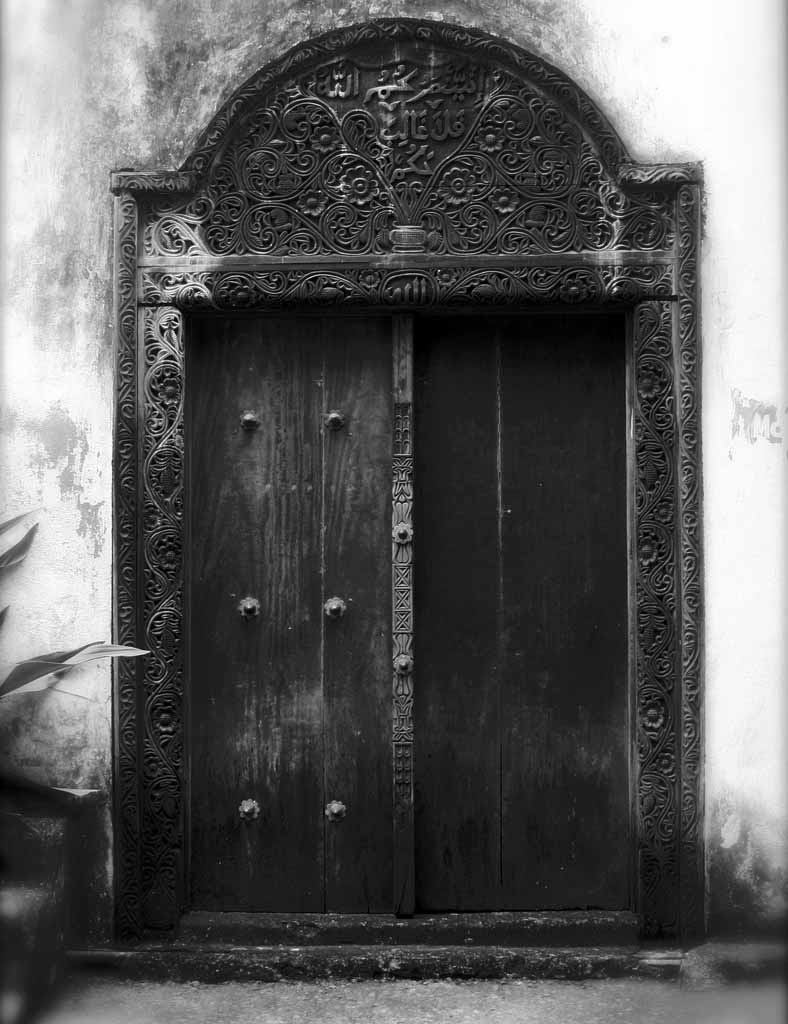
For instance, there’s the appeasing of spirits that bring misfortune and illness and people getting buried with valuables. Additionally, Islam teachers can be medicine men; the concept of medicine men is a tradition borrowed from indigenous religions. Men put on defensive amulets with inscriptions of Quran verses. According to P. Curtis, a historian noted that the Muslim faith became a central element of Swahili identity.
Swahili Coast Architecture
Ancient swahili coast Mosques along the Swahili coast of east Africa were from the 9th century CE and were built with wood. Swahili mosques are usually smaller compared to those in the Muslim world elsewhere and have few decorations. Additionally, the Swahili mosques typically lack inner courtyards or minarets.
Domestic homes were usually built with mud bricks and were mainly single storey high. Usually, the homes had two narrow and long narrow rooms. Houses usually had window grilles and door frames with carves. Bigger houses occasionally had orchards and gardens. Houses were built close together, leading to twisty narrow streets.
Wonders of the African world the swahili coast
Where is the Swahili coast located:
The Swahili Coast Africa map shows it is a stretch of coastline along the Indian Ocean in East Africa. It stretches from Somalia in the north to Mozambique in the south and encompasses the countries of Kenya, Tanzania, and Uganda. The Swahili Coast is known for its beautiful beaches, its rich cultural heritage, and its abundance of marine life.
It is home to many different Swahili coast physical features, including coral reefs, mangrove forests, and sandy beaches. The Swahili coast climate is tropical and the coastline experiences both strong monsoon winds and hurricanes.
Swahili coast Wilmington downtown store
The Swahili Coast Downtown Wilmington is the perfect place to find unique Swahili Coast items such as Swahili coast sandals, kikois, and wraps. Swahili coast also has a variety of Swahili Coast home decor items, including baskets, pottery, and carved wooden bowls.
For more articles related to regions of Tanzania click here!

























